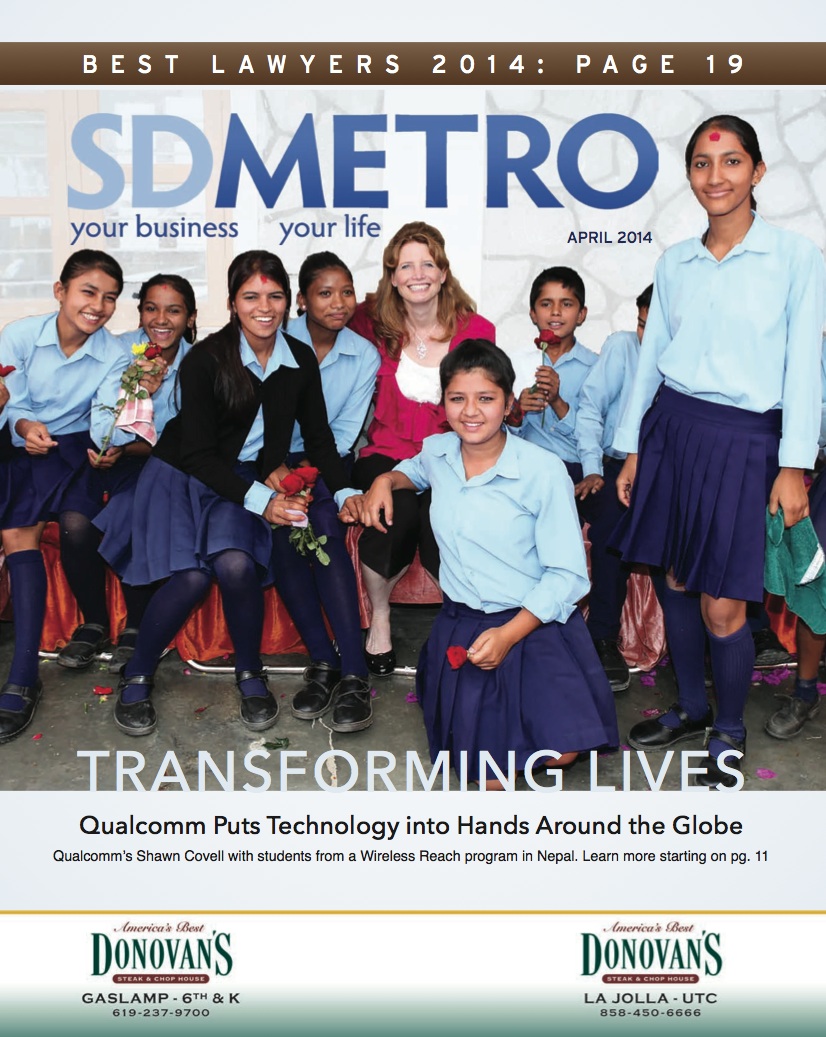Transforming Lives With Wireless Technology
Qualcomm Program Drives Global Entrepreneurship
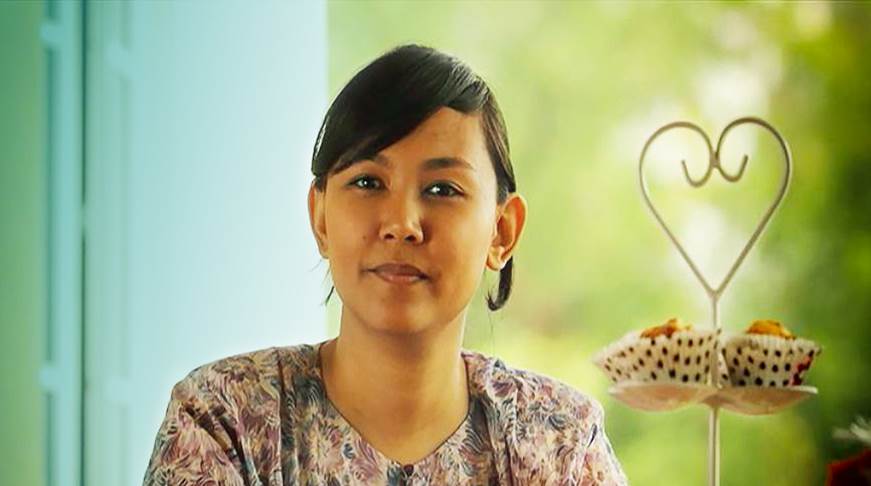
Like many women around the world, Erin Radzi of Malaysia stopped working when she became pregnant and subsequently found it very difficult to get back into work. Her family went through economic hardship and then Erin’s husband left her. She couldn’t hold a job outside of the home and take care of her children. She needed to work from home.
An entrepreneur at heart, Erin started a baking business and soon realized that she had a passion for cake decorating.
Through Qualcomm Wireless Reach’s Mentoring Women in Business program, Erin utilized her mentor and her access to the Internet to teach herself how to make and decorate wedding cakes through online videos as well as promote her business through a website and social media. Her business, Bread and Butter, now allows her to provide for herself and her children.
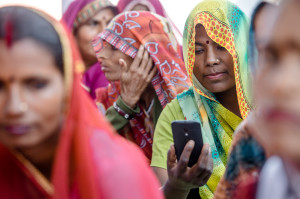
While accessing the Internet and using wireless devices might be commonplace for us here in the U.S., there are millions of people around the world who don’t have access to basic communication or to all that the Internet provides. However, mobile is the largest technology platform in the world and the emerging capability of 3G and 4G technology is creating incredible opportunities for people globally.
Telecommunications leader Qualcomm believes that access to 3G, 4G and next-generation mobile technologies can improve people’s lives. One of the ways the company demonstrates this belief is through a strategic program called Wireless Reach that works to bring advanced wireless technology to underserved communities globally, by investing in projects that foster entrepreneurship, aid in public safety, enhance the delivery of health care, enrich teaching and learning and improve environmental sustainability.
“The goal of Wireless Reach is to create sustainable advanced wireless projects that strengthen economic and social development, while also supporting the company’s long-term business goals,” says Shawn A. Covell, vice president of government affairs at Qualcomm.
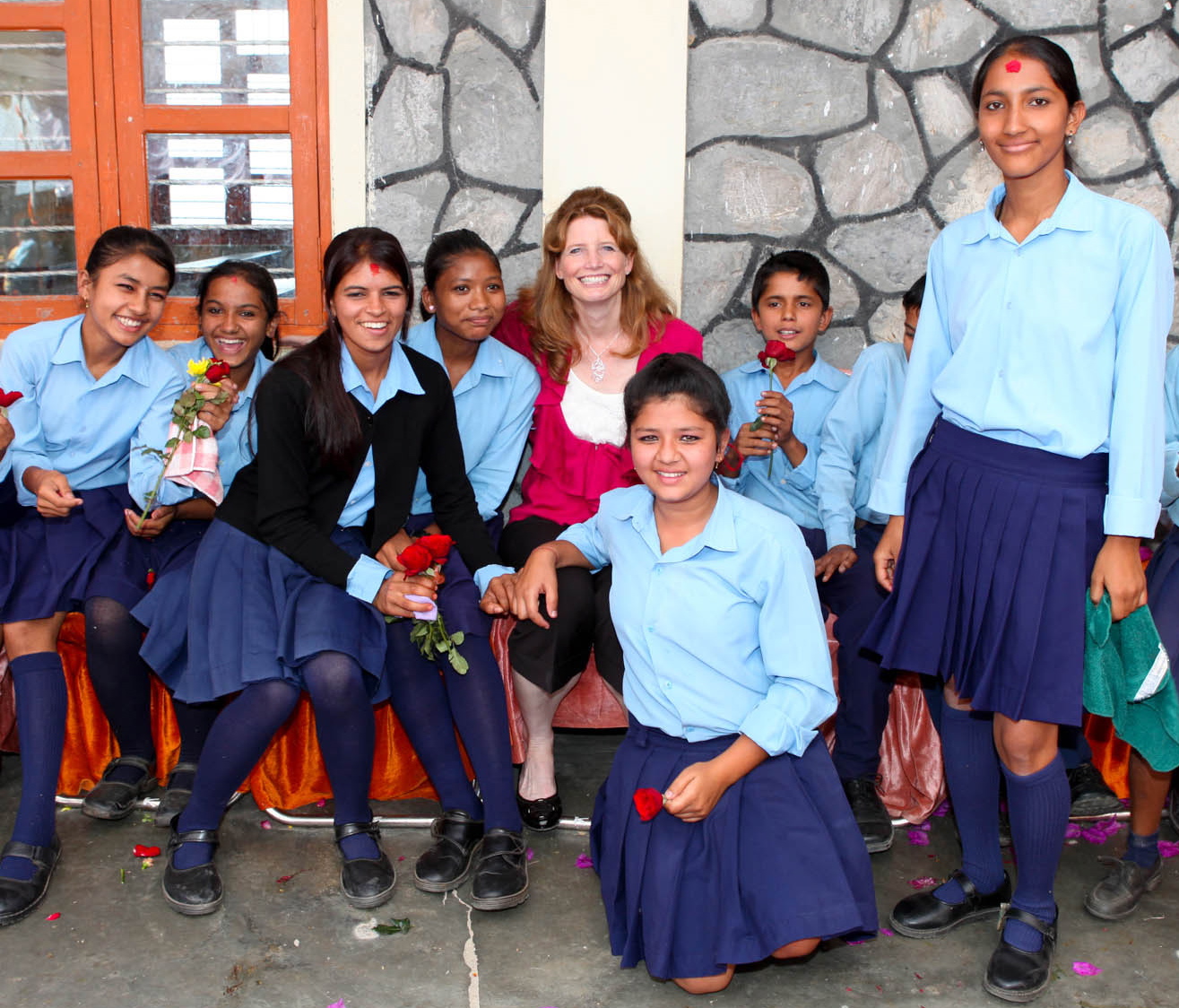
One of the visionaries behind Wireless Reach, which formally launched in 2006, Covell manages a tightly knit team who oversees nearly 100 projects in more than 35 countries. These powerful programs put a human face on the innovative uses of Qualcomm’s technology and demonstrate how it helps drive human and economic progress in underserved areas.
Wireless Reach provides Qualcomm with tangible examples of the many ways mobile can impact people and helps them to explain how their inventions are transforming lives through real life stories.
Building and Strengthening Businesses
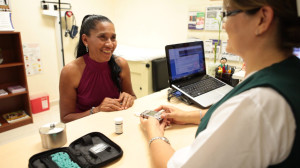
With more than 30,000 employees around the globe, Qualcomm works tirelessly to take wireless technology to the next level. While the intricacies of Qualcomm’s work may be unknown to many, it’s easy to see the day-to-day application of their inventions in some of the tools we take for granted, like smartphones, tablets and laptops.
The use of wireless technology is also driving global entrepreneurship by providing people with products and services for managing their finances and growing their businesses. Mobile devices help people communicate with one another, access market information, sell products across geographic areas, reach new consumers and access mobile payment systems.
Wireless Reach’s Mentoring Women in Business program in Malaysia utilizes mobile technology to connect business professionals around the world with women entrepreneurs in Malaysia. The program was developed to enhance women’s skills and knowledge in the areas of business and technology in order to support them in growing and maintaining their own successful businesses, improving their self- confidence, maximizing their entrepreneurial potential, improving their socio-economic status and empowering them to become self-reliant.
With a desire to humanize the numbers, Covell enjoys telling the story of Erin Radzi, whom she met through the program.
“This,” says Covell, “is the true value of mobile broadband to women. When women gain access to mobile broadband, it’s not only the women that benefit. Other
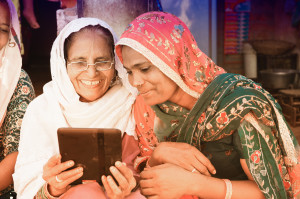
research shows that women spend more of their earned income than men on food, health care and education for themselves and their families, multiplying the effect of their economic participation by creating more opportunity in their local economies. So equipping women with the tools, like smartphones, that enable their economic success is not only good for women, it is good for communities and economies.”
Transforming Women’s Livelihoods Through Mobile Broadband
In collaboration with Vital Wave and the GSMA Women Programme, Qualcomm Wireless Reach recently released a study on the value of mobile broadband for working women in the developing world. Based on more than 1,000 interviews with working women across Brazil, China, India, Indonesia and Nigeria, the “Transforming Women’s Livelihoods Through Mobile Broadband” report offers an interesting look at the role mobile can play in women’s empowerment.
“We know that many women in emerging regions have the ideas and ambitions needed to succeed, but lack access to professional development, education, technology, networks and capital,” Covell says. “Mobile broadband provides a way to address these needs and enables women to participate in the robust, flourishing mobile-enabled economy.”
In Brazil, Girlandia Pires Pereira is using a smartphone to take part in the local fishing economy. Equipped with applications that provide tide tables, weather forecasts, and market price information, Pereira is able to supplement her income through mariculture (oyster cultivation). This mother-of-two teaches reading at the community school and now works in a group of eight, using the mariculture apps to track the oyster population, local water conditions, and opportunities for selling the oysters to local restaurants.
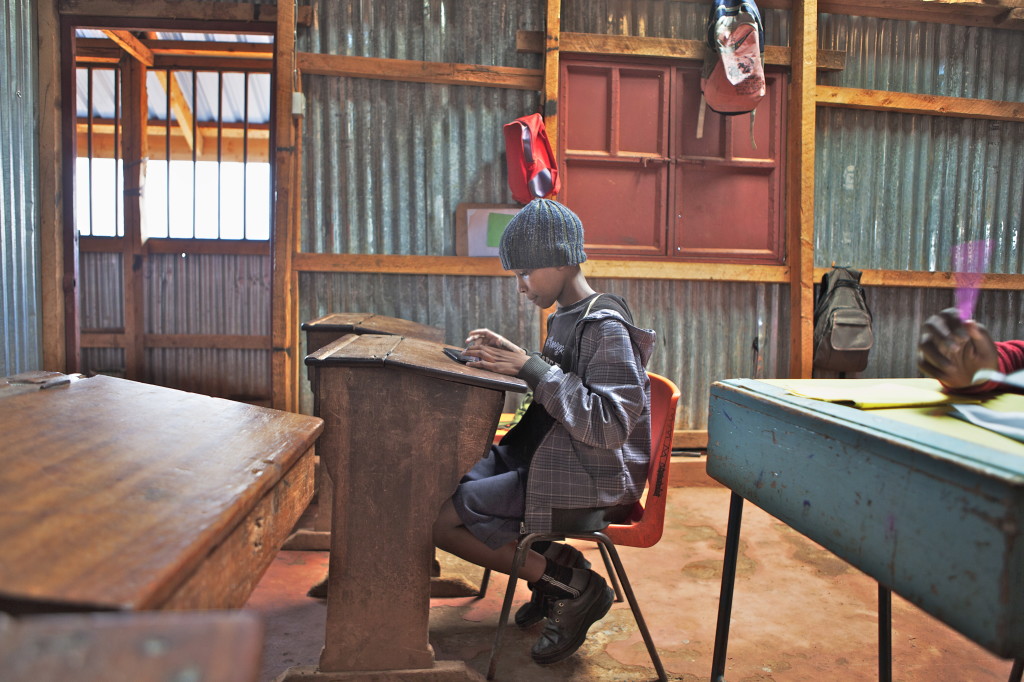
Many traditional African families, like the Okoye family, make their living making wine from palm tree sap. In Nigeria, Mrs. Okoye can use her basic feature phone to call her customers to come and buy fresh product while it is still on the tree. On a good day, she can connect with 20 customers. Having learned about mobile broadband services, she knows she could do better. “If I had a phone that could access the Internet and I had the resources to activate the service, I could triple my monthly earnings by using Facebook and Twitter and other websites to market my wine.”
Using the technical knowledge she gained in high school, an 18-year-old woman from Indonesia named Safira has launched her own online shop selling clothing, shoes, and accessories to earn her own spending money and help pay for college tuition. With her smartphone and mobile broadband service, she has a virtual storefront where she can reach thousands of customers from all around West and Central Java and operate her business from almost any location. The flexibility of selling online allows Safira to work around her school schedule. Besides the money, she says her success has provided a sense of personal accomplishment and independence.
Augmenting Education
Another area where Qualcomm sees great opportunity is in education. It is well understood that education is a key driver for growth, economic development and the advancement of societies. Today, mobile devices such as smartphones and tablets are able to bring high-quality educational content to all communities, regardless of their income status or location. This is particularly impactful for the millions of children in emerging countries who lack access to formal education. Always-on, always-connected wireless devices provide a new opportunity for accessing the Internet and learning resources.
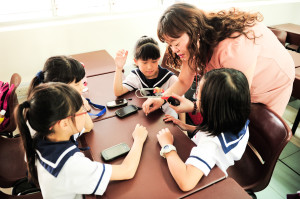
In Singapore, the WE Learn mobile education program puts the power of computers in the pockets of third and fourth grade students by using 3G smartphones to transform learning into a student-centric and inquiry oriented-model. By providing access to resources in and out of the classroom, the program allows students to acquire and practice 21st century knowledge and skills.
Locally, Wireless Reach has teamed up with School in the Park (SITP), The San Diego Museum of Art, the San Diego Zoo and the San Diego History Museum to develop unique educational Augmented Reality (AR) experiences using 3G-connected mobile devices. A program for low-income students, SITP blends formal and informal learning with the rich resources available in San Diego’s Balboa Park.
The AR experiences at The San Diego Museum of Art allow fourth graders to make cultural connections and learn about things like, the Silk Road — the routes connecting China with western Asia, the Mediterranean, and the Indian subcontinent. Using AR experiences on a mobile tablet, students are immersed into a virtual marketplace along the Silk Road where they can assume the role of a potter, weaver, sculptor or calligrapher. When students answer the interactive questions correctly, they are rewarded with gold coins, which they can use to purchase items at the marketplace.
Overall, students show a positive shift in their attitudes about their ability to understand focal topics and draw connections between what they are learning in class and the real world. Teachers have also noticed that students learning English as a second language were able to better understand complex vocabulary and pronunciation.
Expanding STEM Education
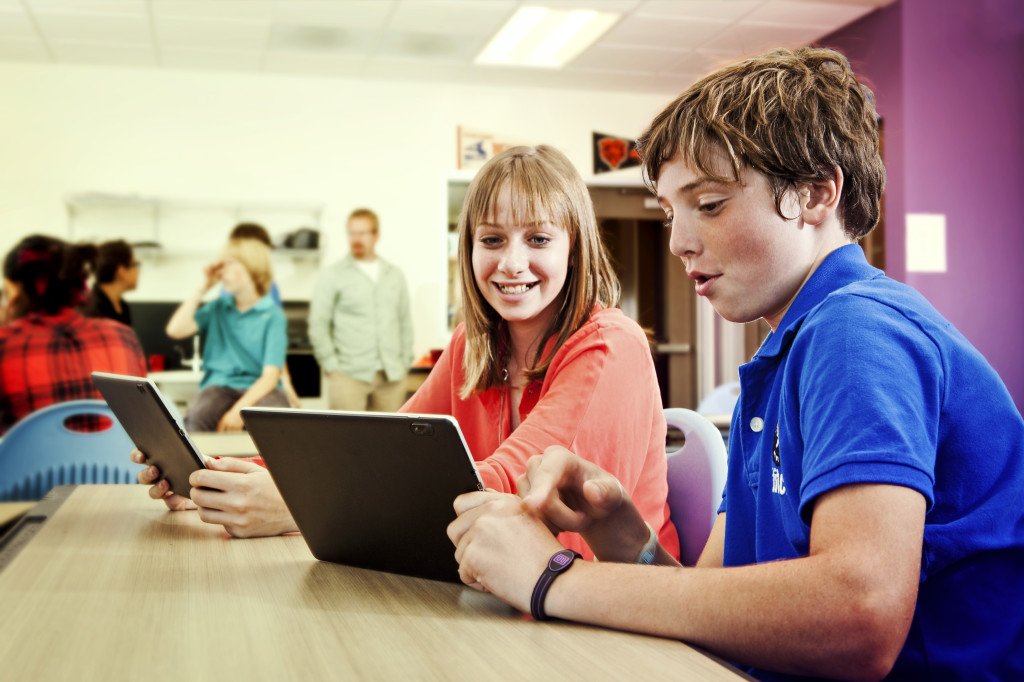
Qualcomm also sees great opportunity in STEM (Science, Technology, Engineering and Mathematics) education. The U.S. Department of Commerce estimates that by 2018, the country will have 1.2 million unfilled jobs in STEM fields because the workforce will not possess the necessary skills to fill them. And at the same time, according to a recent report from the Congressional Joint Economic Committee, female engineers represent only about 14 percent of the total engineering workforce in the U.S.
In an effort to bridge this gap and promote diversity, Hillary Clinton formally announced the Women Enhancing Technology (WeTech) program last fall at the Clinton Global Initiative.
WeTech aims to build a healthy pipeline by linking girls and women to university scholarships in engineering, leadership and technical skills training. A public/private collaboration, WeTech will focus specifically on encouraging young women to pursue an education in STEM fields and will initially be implemented in the U.S. and India. Girls will participate in interactive afterschool programs and meet inspiring role models.
“Qualcomm Wireless Reach is a lead partner in the WeTech program,” says Covell. “STEM education is very important to us, and we see a particular opportunity to promote STEM fields among young women.”
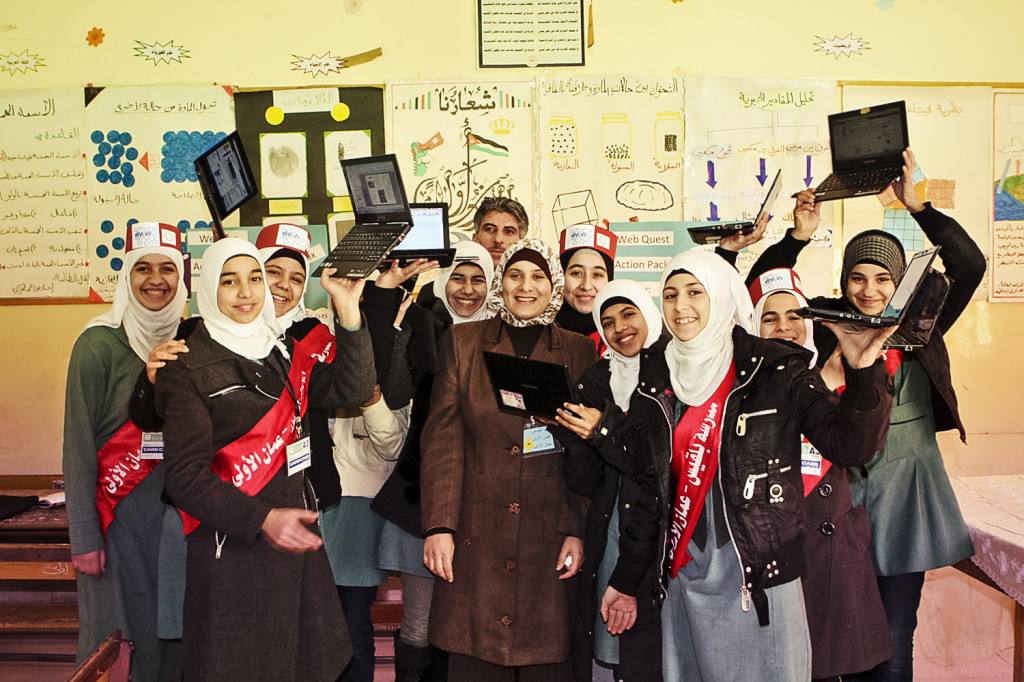
WeTech is working to launch a virtual mentoring program, creating a community to connect Qualcomm men and women working in STEM fields across the globe with university women in India as they transition from studies into high-paying tech careers.
“These careers,” says Covell, “will enable women to secure equitable positions of leadership in their workplaces, families, and communities; help companies reach new levels of innovation through a more diverse labor force; and increase contributions by women to the growth of the global economy, filling an unmet need for technology-skilled workers.”
Mobile Health Care on the Rise
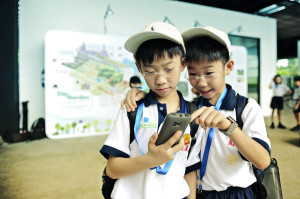
Health care is a growing global concern and as a result, Mobile Health (mHealth) is on the rise. In fact, recent estimates suggest mobile health monitoring of chronic disease patients can save nearly $200 billion in annual health care costs. Whether initiated in Africa, Asia or Latin America, doctors can use mobile broadband technologies to monitor the health of their patients remotely, lower costs and provide faster care for those in need of rapid medical attention.
Care beyond Walls and Wires is a Wireless Reach program at the Flagstaff Medical Center (FMC) in Arizona that has generated positive impacts. The program uses remote monitoring devices to treat patients suffering from congestive heart failure. Many of the individuals have low incomes and live a considerable distance from FMC. Wireless devices track patient weight, blood pressure, and activity level on a daily basis, and electronically transmit this data to health providers who, in turn, are able to quickly provide advice on nutrition and medication.
In northern Mexico, the current epidemic of diabetes highlights the urgent need for innovative, efficient, technology-supported interventions to prevent and monitor the disease. Many patients in eastern Tijuana have limited access to primary care services and disease management programs because they live too far away from clinics and transportation is difficult. This lack of access exacerbates chronic diseases, like diabetes, which requires continuous monitored care.

The Dulce Wireless Tijuana program aims to address that need by determining if consolidating and centralizing patient information and extending diabetes education to communities via 3G wireless devices can improve patient care. Patients, community health workers, nurses and doctors access the system using wirelessly enabled mobile phones, netbooks and laptops.
These are just a few examples of the many ways mobile technology allows people to communicate with others wherever they are, enable new forms of learning, access health care resources and create economic opportunity.
To learn more about Wireless Reach, visit www.qualcomm.com/wirelessreach.

